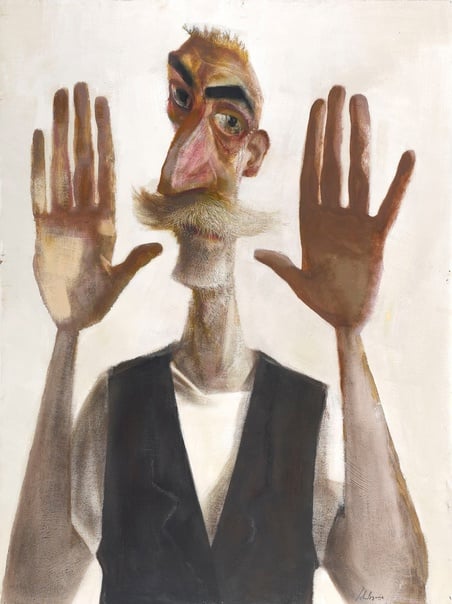“I would definitely bet on Africa” as the origin of cats, Ottoni says. What’s more, without the ancient European “cats” in the equation, the oldest genetically confirmed domestic cats are now mummified Egyptian kitties dated to between 500 and 0 B.C.E.
That timing jibes with a resurgence of a cult worshipping Bastet, an Egyptian goddess of fertility and health. She first appears in writings around 2800 B.C.E.; in the beginning, Bastet has head of a lion, but by the first millennium B.C.E. she is increasingly depicted with the head of a cat.
Devotion to her took a bloody form: Pilgrims paid for “votive mummies” of cats as part of their temple visits. As demand for these cat sacrifices soared, the Egyptians established catteries to raise the animals.
Scholars estimate that millions of these mummies were made—so many, in fact, that in the 19th century, mummified cats were brought back to the United Kingdom by the ton to be ground into fertilizer.
Herding, as it were, so many cats in one place would have selected for those best suited to live around people and other felines, Larson says. “There was a heavy selection pressure for tameness.” Eventually, some Egyptians may have welcomed them into homes as pets, Doherty adds. “When cats tip over to that point of becoming close, the relationship becomes very tight, very quickly.”

